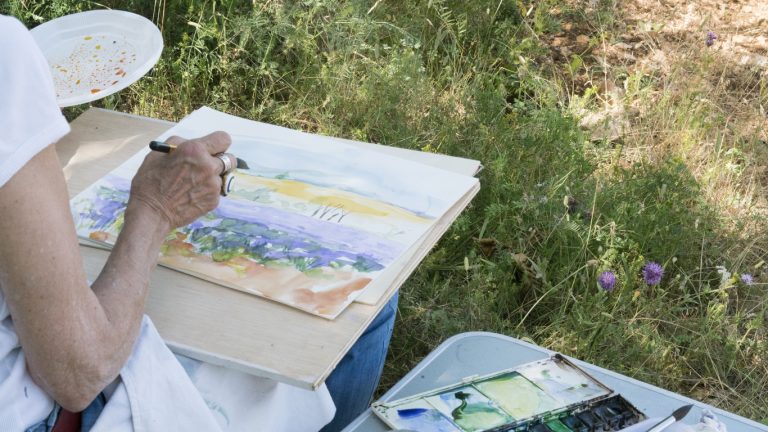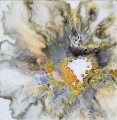It’s remarkable in some ways to think that even as we enter the third decade of the 21st century – a time defined by seemingly almost as many forms of ‘new’ media as there are individual artists – watercolour painting retains so much of its traditional following.
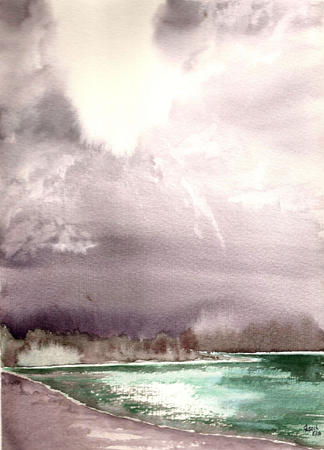
But of course, the evergreen popularity of watercolours should leave us fairly unsurprised in light of its continued effectiveness in depicting all of the transience, atmosphere and fascination of the landscape.
So, if you wish to make the most of those qualities when portraying the countryside, sea and sky through paint, what advice can we give to set you on your way?
Immersing yourself in the great outdoors
The elevated status of landscape painting today may have been initially brought about by the innovations of John Constable (1776–1837) and Joseph Mallord William Turner (1775–1851), but many of us today especially associate landscape painting not necessarily with specific artists, but instead with the practice of plein-air painting.
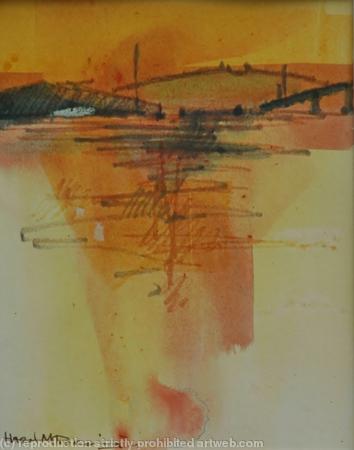
This practice – specifically, that of painting outdoors – was lent particular credibility by the French Impressionists. However, it might not seem so relevant to artists in an era in which even the most casual visitors to a beauty spot are somewhat likelier to snap the scene for posterity on their smartphones.
Nonetheless, outdoor painting still has many potential benefits as a discipline, including in how it forces an artist to both look hard at a subject and make quick decisions as to how to depict it. The result is typically an immediacy and spontaneity that might not be achieved so easily in an indoor environment.
The lightness and portability of watercolour makes it a particularly well-suited medium to outdoor work. However, painting in the open air can also bring a wealth of practical issues, regardless of the exact medium used.
On warm days, the paint may dry the moment you lay it down, while cold and rainy conditions could leave your hands numb. And as for if a shower suddenly hits… well, your work may end up being covered with unsightly blotches, if the image isn’t effectively washed away altogether.
Embrace the things you can control…as well as those you can’t
Of course, navigating many of the inherent challenges of outdoor painting is central to its appeal – but you will be much more effective in doing just that when you are well-prepared.

That includes bringing all of the appropriate essentials, such as extra clothes if the weather looks unpredictable, as well as a plastic bag or carrier that is sufficiently large to hold your board if rain does occur. Think, too, of the other items that would enhance your comfort in a plein-air painting situation, such as a portable outdoor radio and a thermos of tea or coffee.
And while we’re on the subject of hydration, we hope it goes without saying that you should always bring enough water for what could be many hours or an entire day of thirsty work!
It’s also crucial when painting the landscape outdoors, to simply enjoy the process on its own terms. It greatly helps to choose a subject, for example, that genuinely interests you, instead of one that you merely feel you ‘ought’ to paint.
Remember, too, that seemingly mundane and modest subjects, such as the local park, a garden or even a garage, can be as valid as the more majestic ones you might associate with the late 18th-century and early 19th-century Romantic painters.
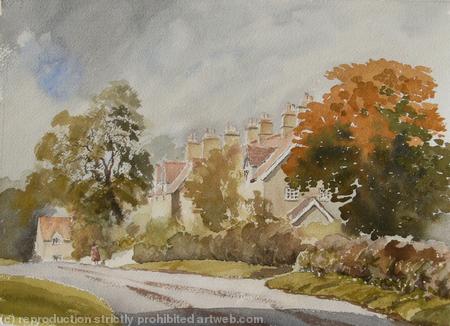
If the geographical area where you propose to paint is one you are unfamiliar with, it’s a good idea to assess a subject or scene’s suitability with an in-person ‘reconnaissance’, instead of getting out the paints straight away. As for if you already know the given place or landscape well, you should ask yourself which particular subjects or aspects of the scenery have especially interested you on your previous visits.
Also try to work quickly, but don’t rush; this way, you’ll hopefully be able to complete significant areas of the painting before the light has the opportunity to change. Indeed, evolving light conditions can be among the factors that most ‘throw off’ and confuse painters who are trying to get their initial drawing and composition ‘just right’.
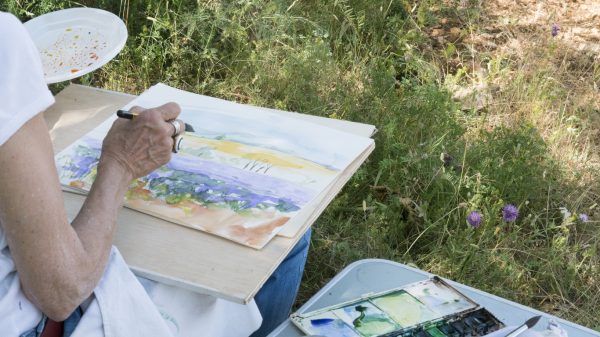
Outdoor painting can be practised effectively even by beginners
Above all, my advice would be to enjoy yourself! That includes not guilt-tripping yourself too much over such perceived ‘failings’ as having to start a given painting on one day and finish it another day, or making quick colour sketches outdoors that you then ‘flesh out’ with the help of accompanying photography in the comfort of your studio at home.
This, after all, is your journey to embark on, in a way that works for you. And if you’re sat there thinking, “I’ve never even painted before – is trying to paint watercolour landscapes outdoors going too far, too fast?”, you might be interested in reading my previous blog post on why watercolours aren’t necessarily as novice-unfriendly as you might think. Good luck!

